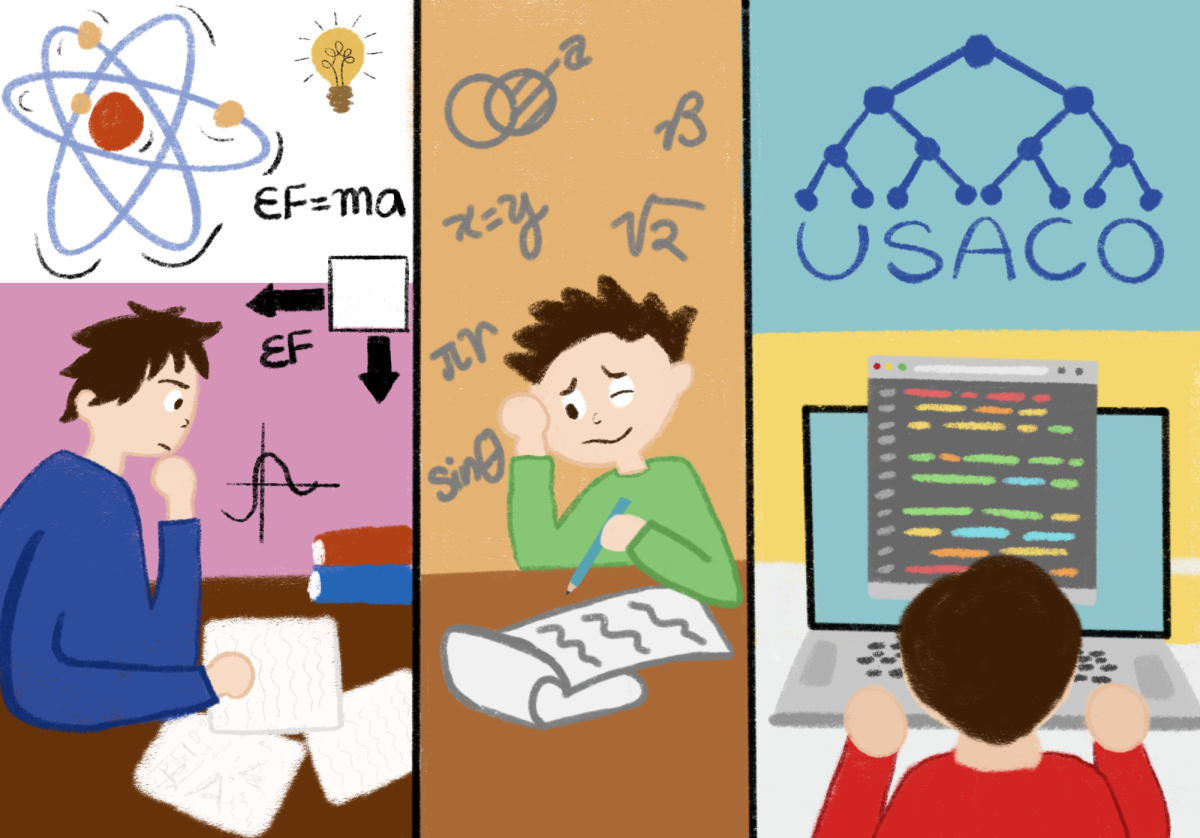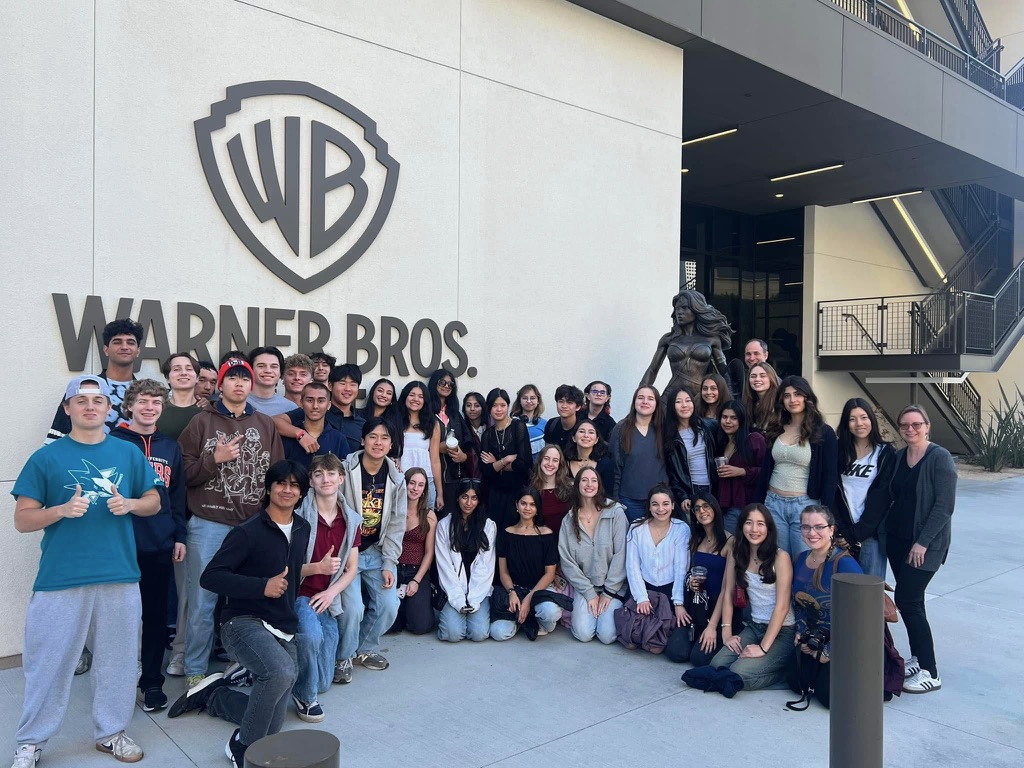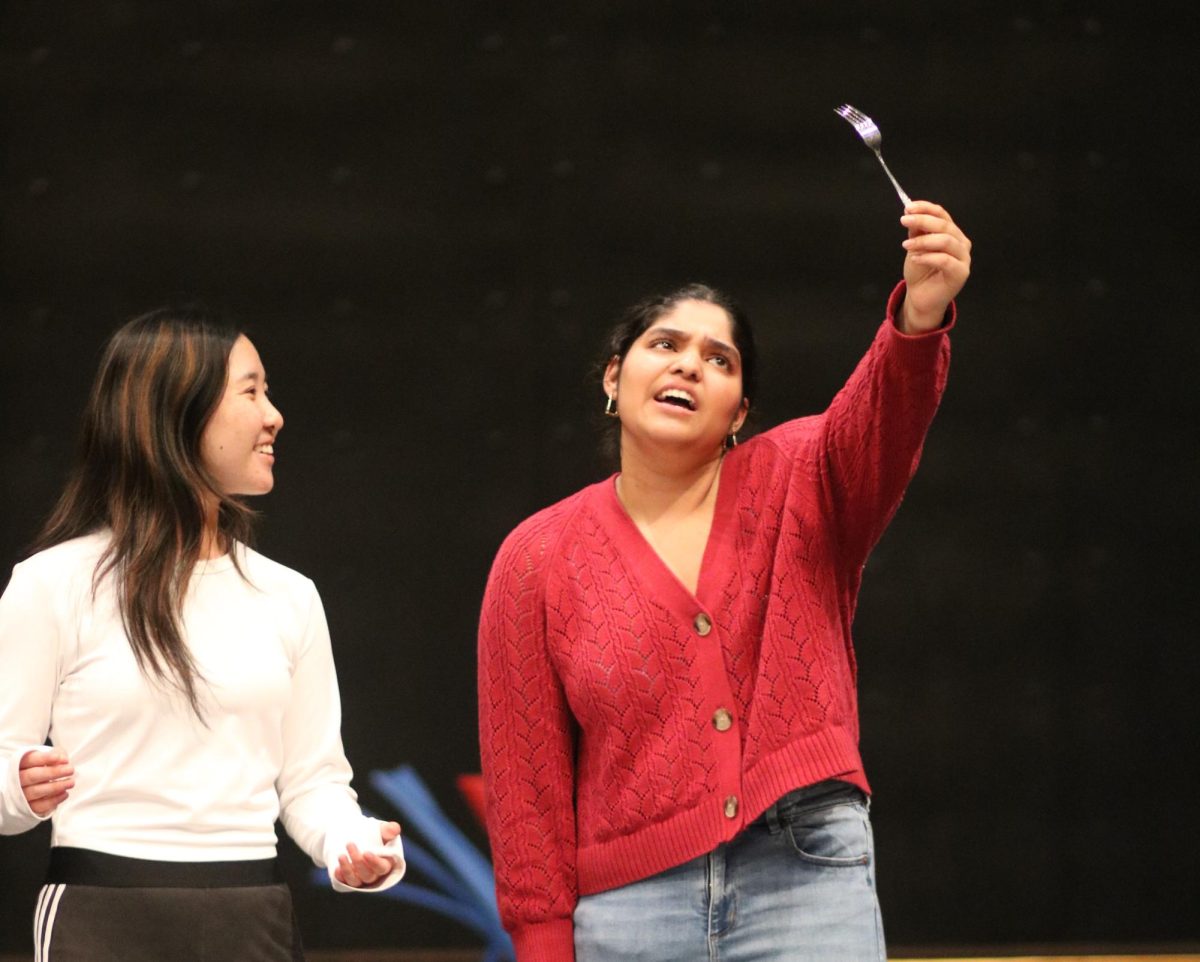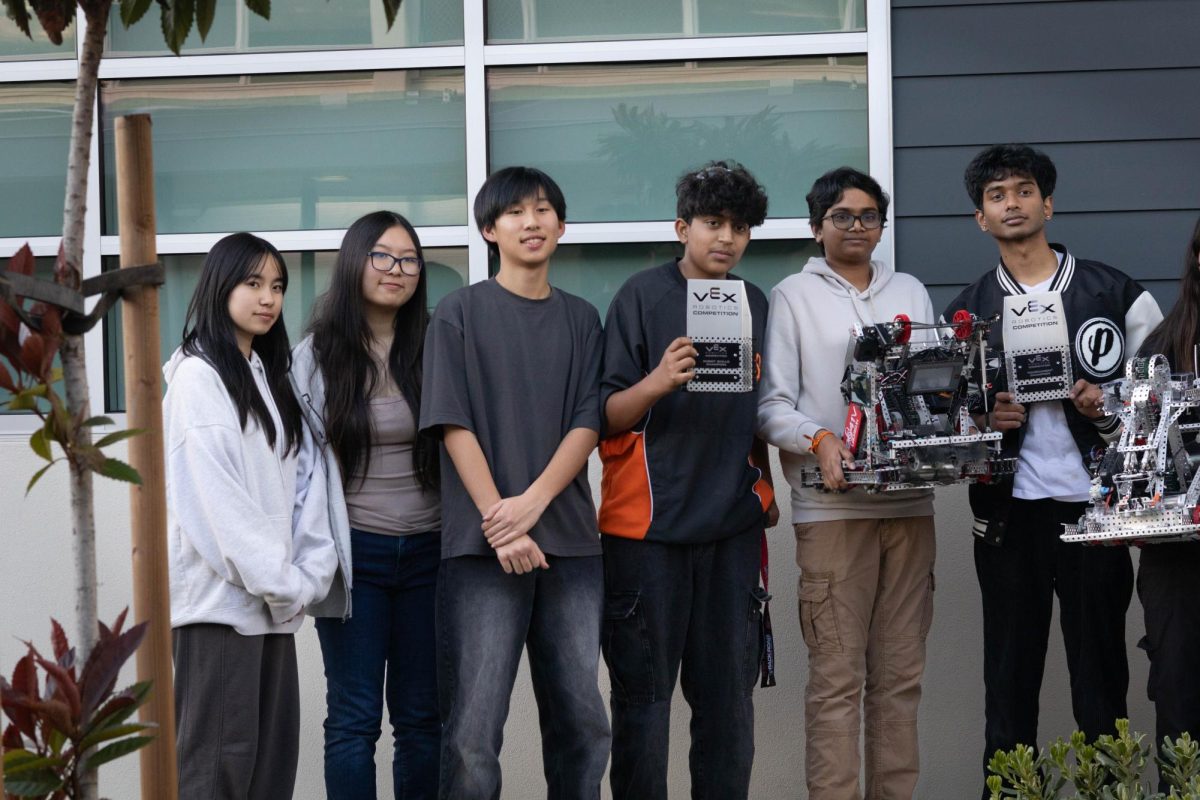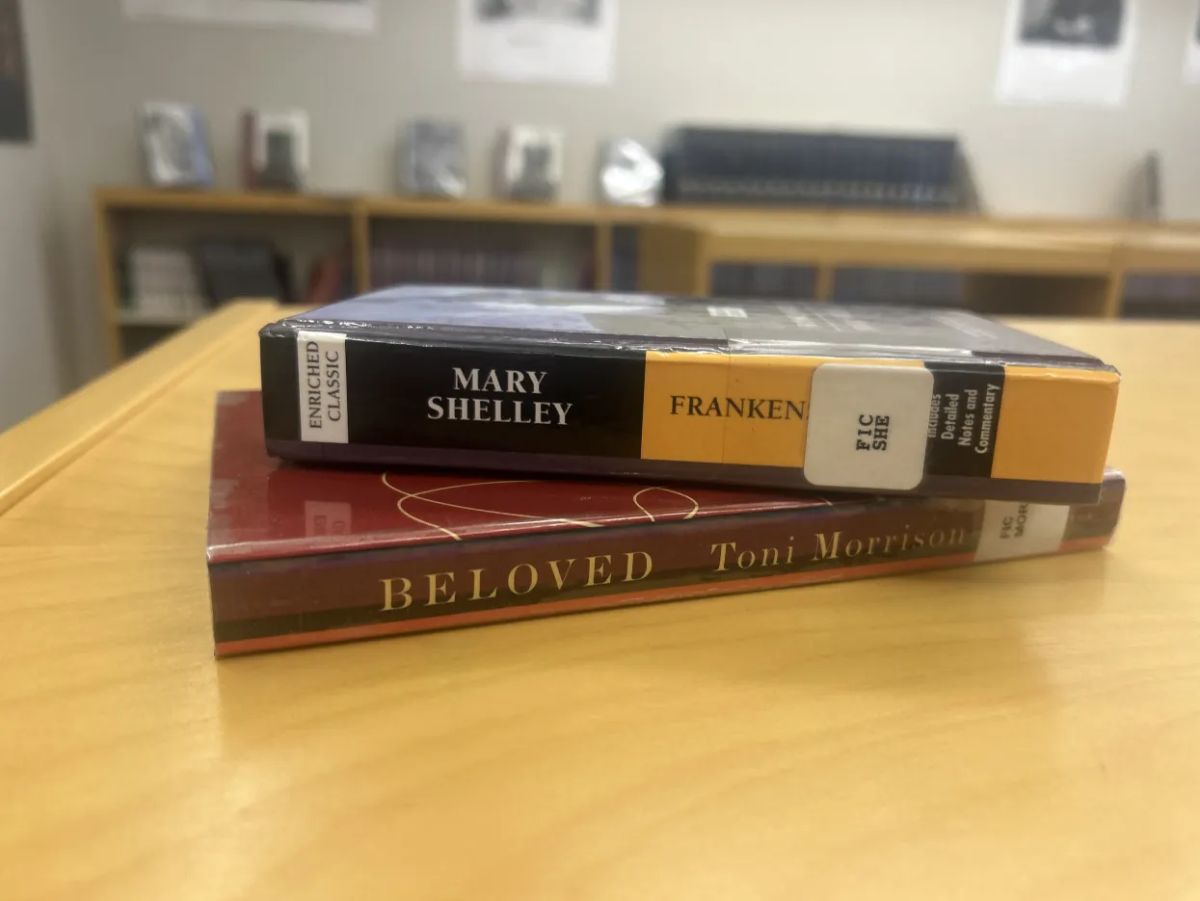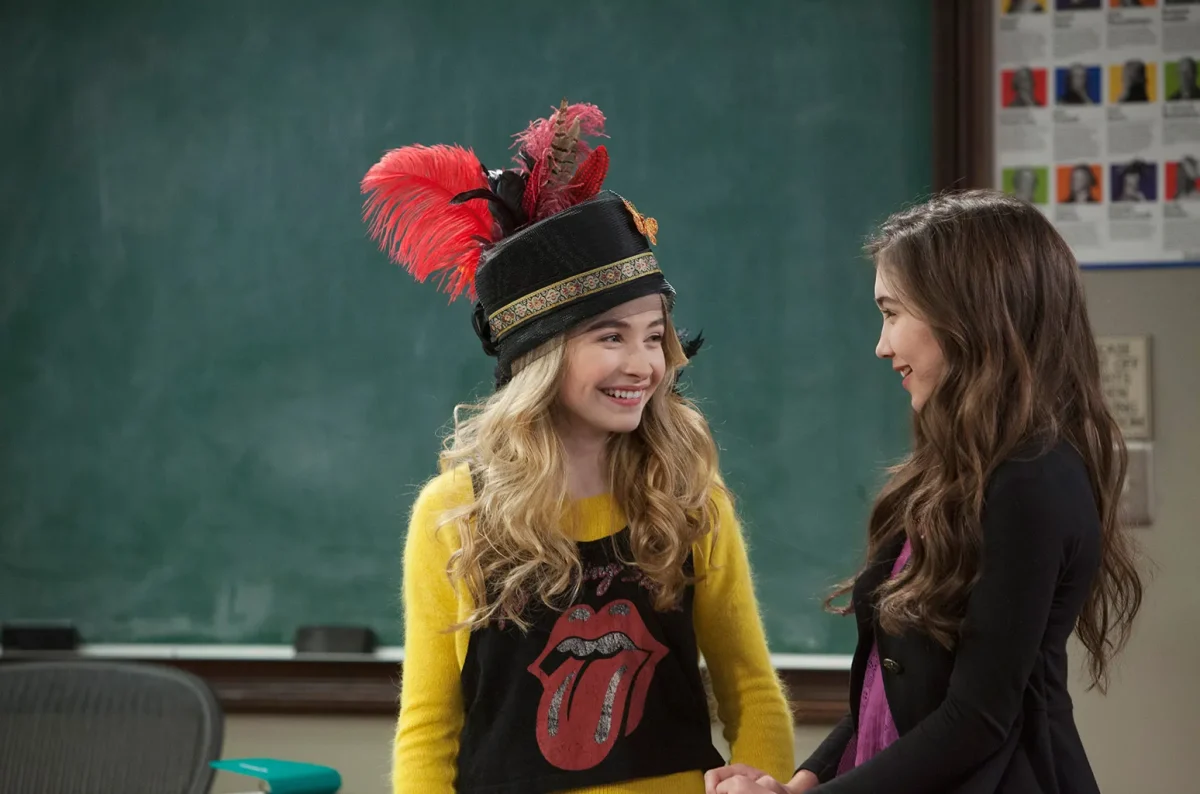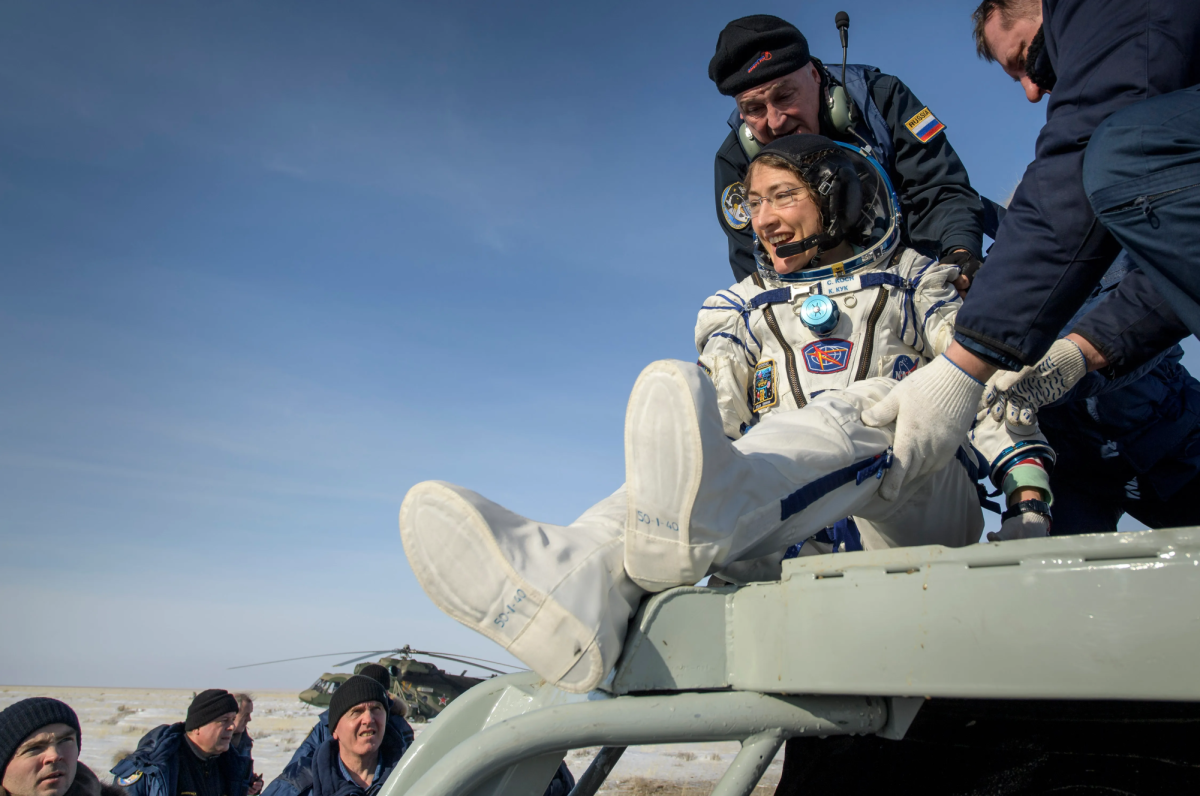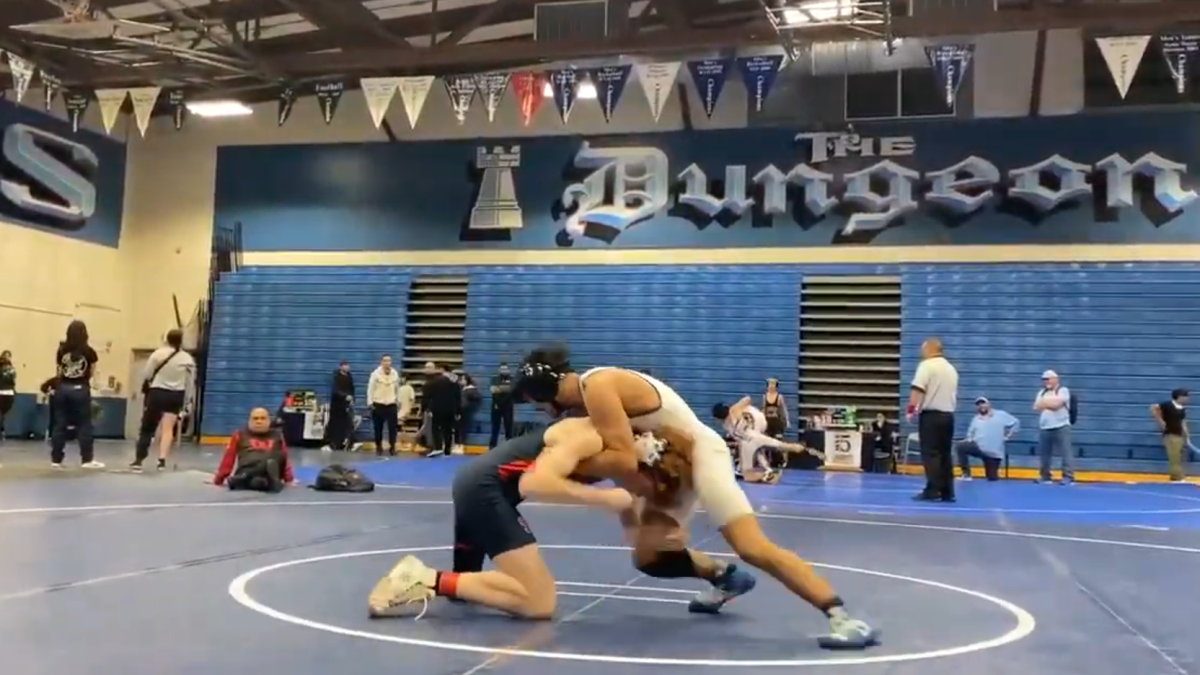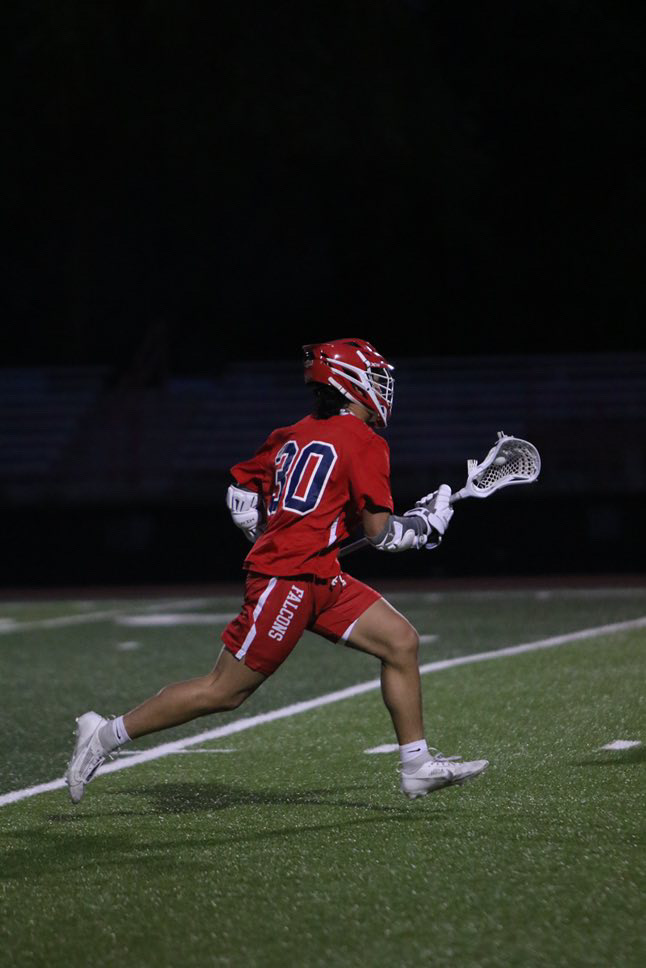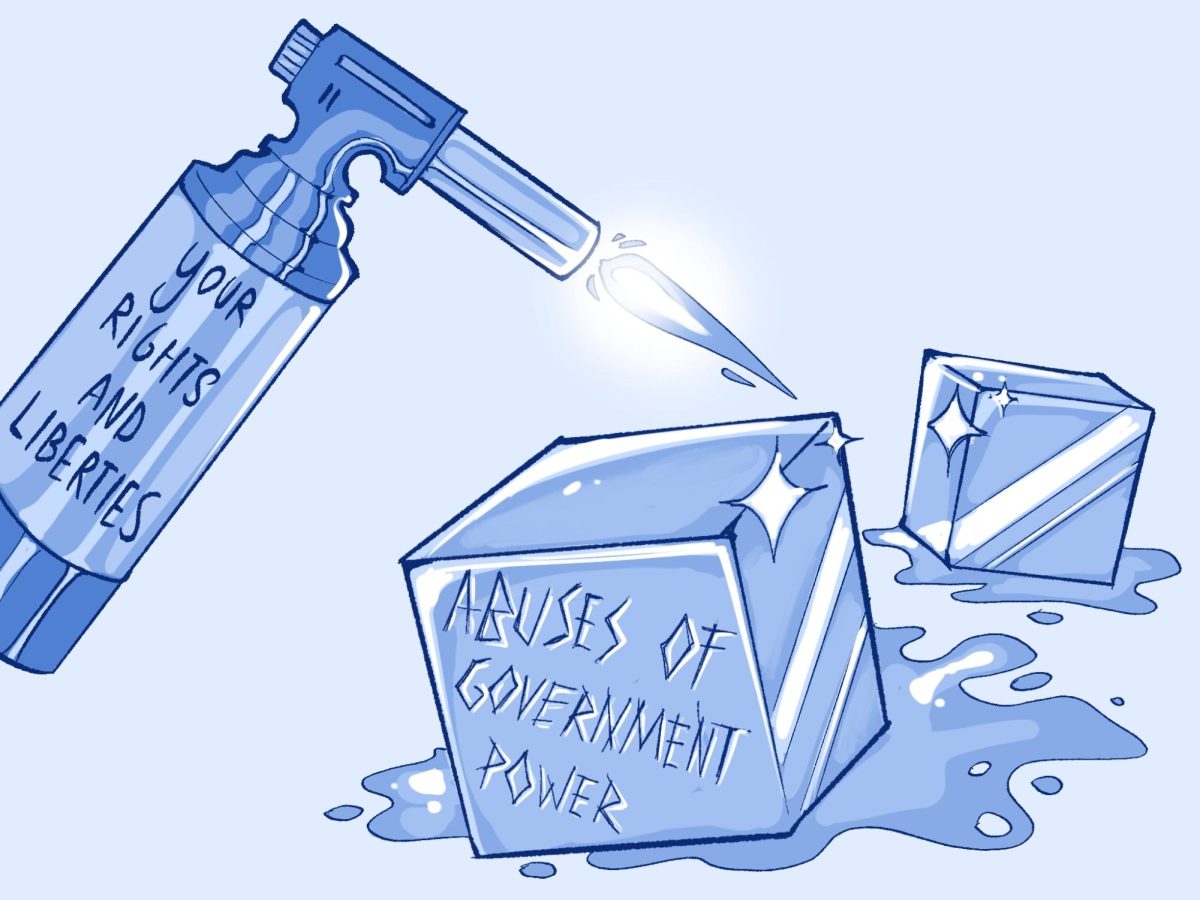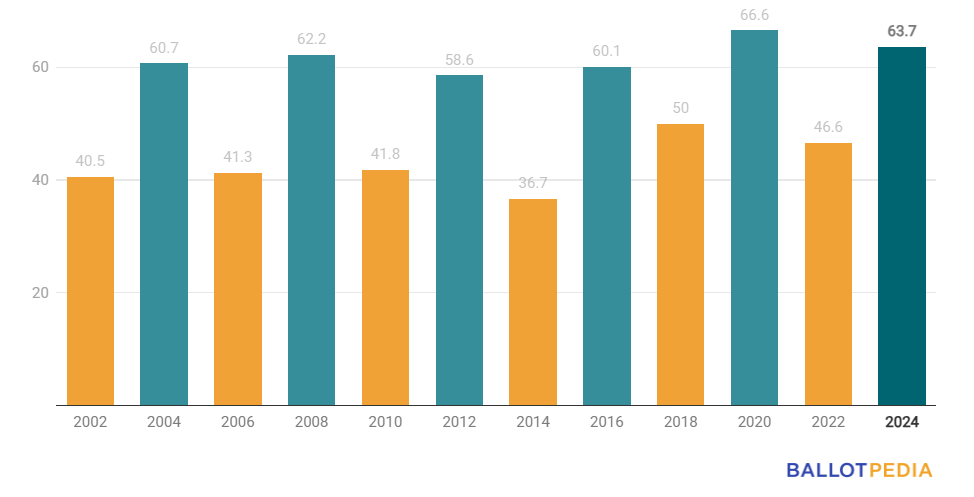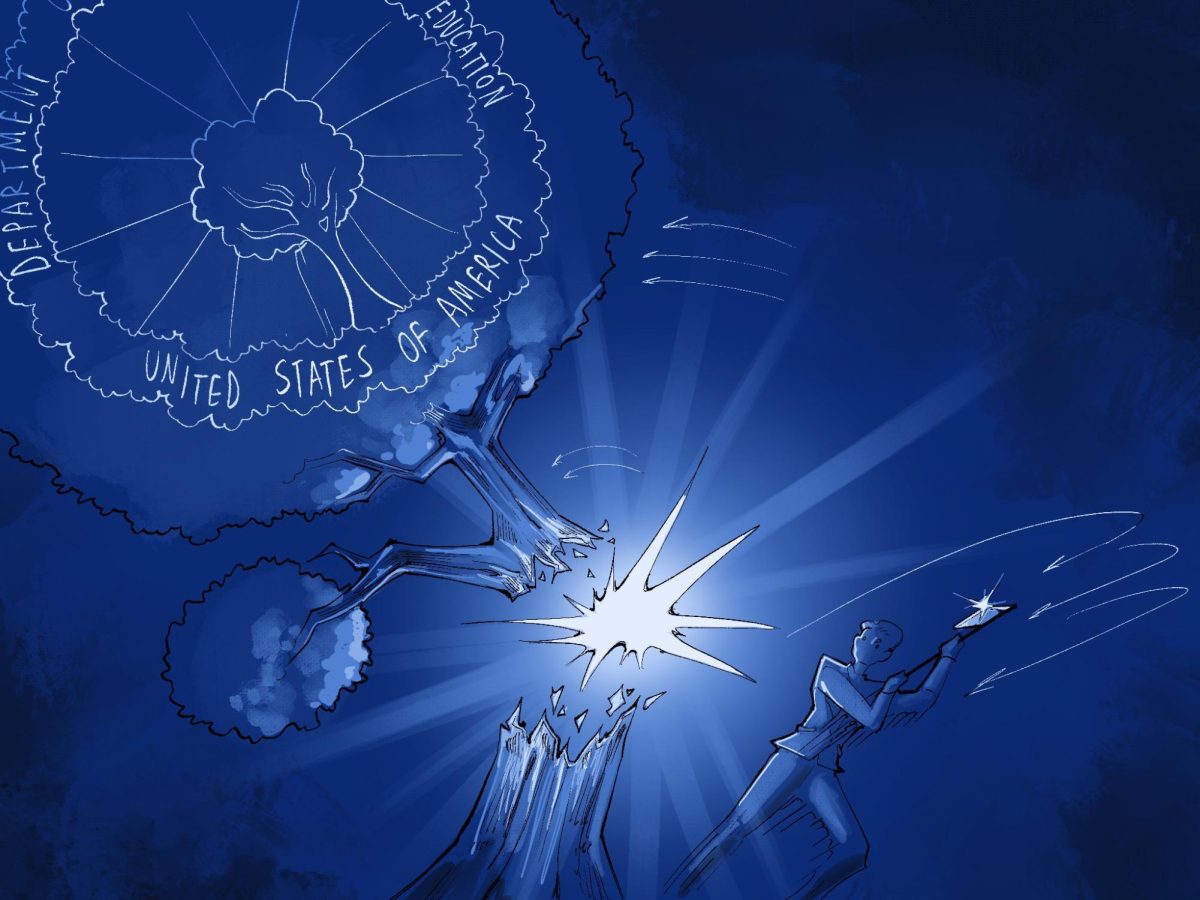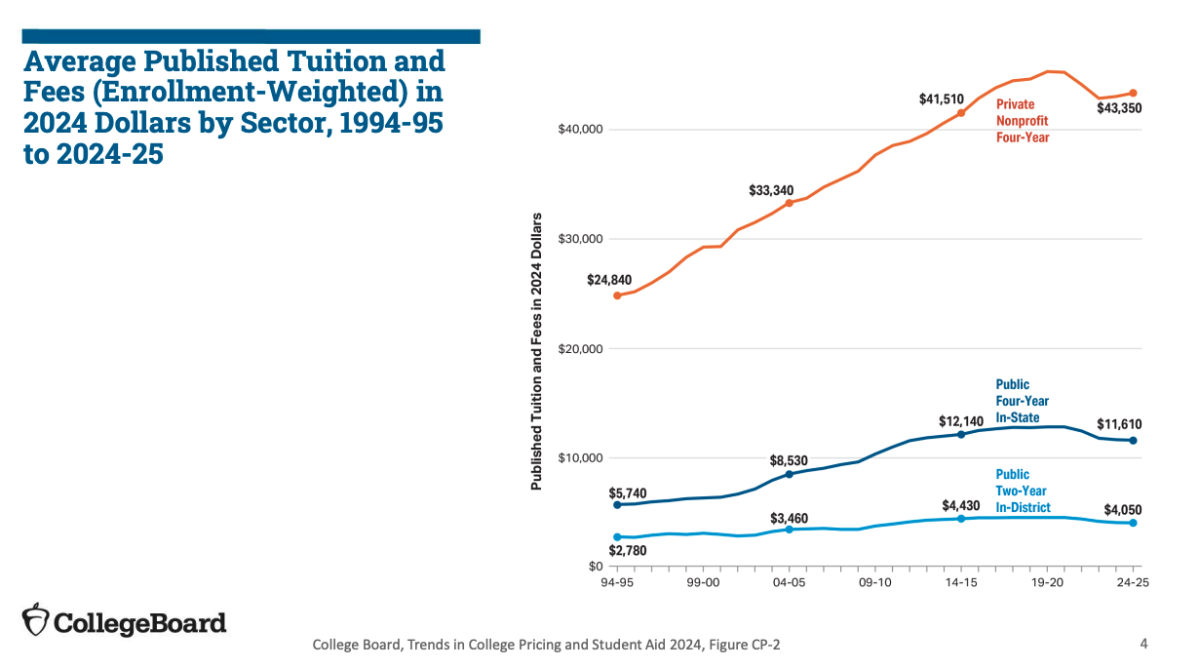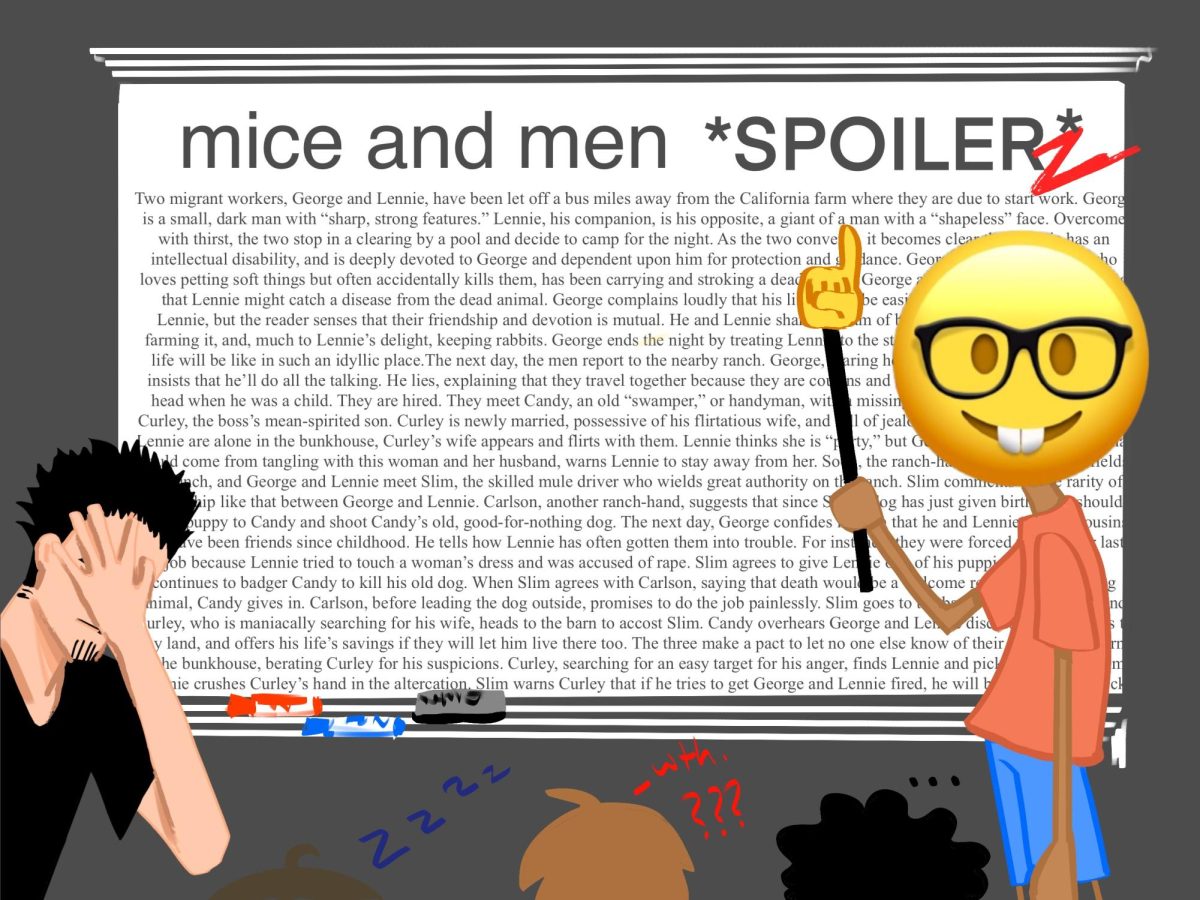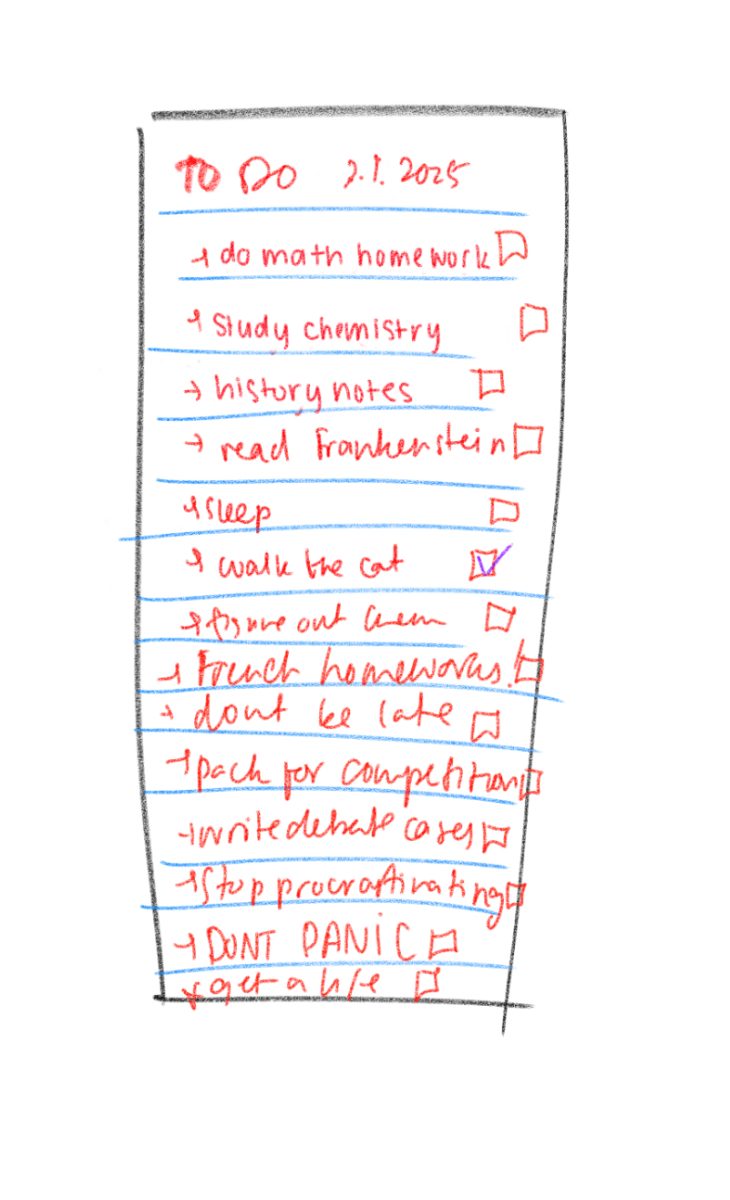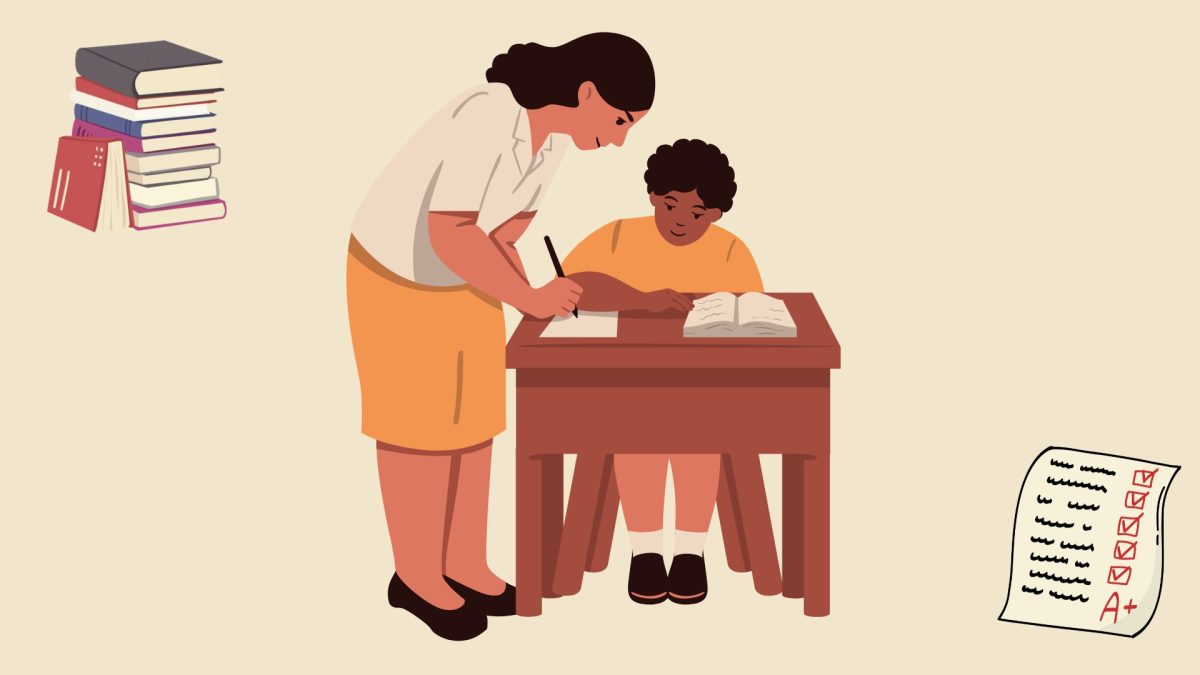The first episode of “SpongeBob SquarePants” aired in 1999, amassing 6.9 million views. As the show has become a global icon since then, it needs little introduction.
The series was created by Stephen Hillenburg, a marine biologist who envisioned a cartoon involving aquatic creatures. Particularly, he wanted to center the show around a sea sponge boy, aptly named SpongeBob, and his adventures in the ocean.
The main cast of characters includes a lazy, dim-witted starfish (Patrick, SpongeBob’s best friend), a miserable, narcissistic octopus (Squidward), a penny-pinching crab (Mr. Krabs), an evil plankton (literally called Plankton) and a squirrel from Texas who usually wears a suit allowing her to breathe underwater (Sandy).
The premise may appear ordinary, but the show’s first three seasons are highly imaginative, reflecting the essence of good storytelling, cinematic atmosphere, humor and lessons in maturity.
Each episode aired in this stretch of the show focused on a concept first introduced as a small gimmick and later expanded throughout the plot. This sounds very straightforward (because it is) and like something many cartoons would do, but what’s special here is the writers perfected the formula’s execution.
Take, for instance, the “Hooky” episode in which SpongeBob and Patrick become entranced by fishermen’s hooks and engage in dangerous activities involving them. Many jokes are made about Patrick’s stupidity in thinking the hooks are part of an amusement park and SpongeBob’s indecisiveness under peer pressure, with the episode culminating in SpongeBob learning his lesson (Mr. Krabs makes Squidward use a fishhook to rip off SpongeBob’s clothes, embarrassing him in public).
Here, the episode’s plot-threads indiscriminately proceed from the central idea established at the beginning (hooks). It’s clear that the writers were careful not to pull the audience in too many directions, which typically kills a narrative’s momentum.
They truly acted on a compact, well-designed method for storytelling, taking their time each episode to explore the angles of one concept and leaving other ideas for later plot-lines.
In doing so, they also produced a unified atmosphere by allowing viewers to absorb themselves in a single setting instead of disorienting them with others. This synergizes nicely with the fact that the ambience throughout these seasons can be very aesthetically pleasing.
They feature beautifully detailed background paintings, depicting underwater sunsets and purple coral amidst sea-skies painted by fine turquoise brush-strokes. Coupled with the animation, these illustrations can even present evenings replete with dreamy ocean caustics. It all just makes the viewer want to step inside the picture and take in everything around them.
One episode I really like for its ‘aesthetic’ imagery is season one’s Halloween special, “Scaredy Pants”, where a full moon floats above darkened coral reefs and the overhead waves, tinged with moonlight, cast flowing silver ringlets onto the sea floor.
Most backgrounds throughout the show are also set in vast stretches of sand with scene-items greatly spaced out from one another, really making you feel like you’re at the bottom of the ocean.
The music and ambient sounds aren’t bad either. Western-style production music mixed with surprisingly beautiful Polynesian instrumentals contribute to the nuanced culture of the show’s sea-folk.
Many of these instrumentals have a distinct, evocative feel to them, which pull on a sense of longing and beauty— oddly poetic undertones for a Nickelodeon cartoon. These include “Aloha Oé”, “Hawaiian Flower” and, my personal favorite, “Kamakani B”. They compliment the illustrations of coral-rich seabeds and other oceanic backgrounds by further layering their sense of underwater serenity.
The foley artists’ sounds, while minor, also lend the show more texture. When you’re watching an episode, you can occasionally see bubbles rising from the ocean floor and hear sounds of bubbling or sloshing water— a nice, calming ambient touch.
“SpongeBob’s” humor is also pretty remarkable. Most cartoon creators don’t put much thought into their show’s humor, as they believe it’s easy to make little kids laugh, but it seems Hillenburg and his team really wanted to make a show that even they would enjoy.
So they made each episode’s comedy weirdly mature and sometimes subtle, which turned out to be the right call, as it exploded “SpongeBob” into popularity. The public was refreshed by a cartoon that for once didn’t spoon-feed its audience.
Anyone who has watched the episode “Band Geeks” understands just how far this humor stretches beyond convention and paved the way for many aspects of modern comedy.
This part of the show is also why, till this day, fully grown adults watch and enjoy the original “SpongeBob” episodes.
Through their humor and other strengths, a portion of those episodes also excelled in something else: explaining maturity.
Most cartoons rely on cliches for their overarching messages, which never leave a mark on anyone. But “SpongeBob” naturally conveys practical ideas which are lessons everyone ends up realizing as they grow up.
Social intelligence is at the forefront of these: that people won’t sit next to you if you smell bad, as in “Something Smells”; that using a joke too much saps its comedic potency, as in “Ripped Pants”; that not knowing how to tie your shoes beyond a certain age is publicly embarrassing, as in “Your Shoe’s Untied”; and that channeling your energy into irritation, caused by people you don’t like, is a time-waster, since you can always ignore and move on (almost every SpongeBob and Squidward encounter).
For all these reasons, those first three seasons of “SpongeBob” are frequently referred to as “Classic SpongeBob” or “the Golden Age” and it’s easy to see why. The episodes were something special. There were so many small touches that Hillenburg didn’t have to put in, but did anyway, tenaciously standing by his vision.
But after season three was completed in 2004, he set to work on what he intended to be SpongeBob’s final cinematic appearance: “The SpongeBob Squarepants Movie”. It’s a terrific animated work that deserves an analysis of its own, but in general, it possesses many of the same qualities that made the Golden Age shine and concludes SpongeBob’s story with an uplifting ending.
Hillenburg stepped down from showrunner, believing Nickelodeon wouldn’t let his show “jump the shark” and would prioritize the original concept and quality. But Nickelodeon, money-hungry as they were, didn’t want to put down their cash cow, whose movie had already grossed $140 million worldwide. So the station proceeded to season four of SpongeBob anyway and, as of now, the show is on its 14th season, with no signs of stopping.
There is a reason why Classic SpongeBob ends with season three. The show’s quality gradually diminished at the onset of season four, as if the station realized that people would watch “SpongeBob” regardless of the artistry from Hillenburg’s era, making them follow the more stream-lined, industry approach to animation, meeting deadlines with minimal effort.
After the original creator left, the production team stopped breathing creative life into the show, which I think is very sad.
Nonetheless, those first three seasons will eternally remain a triumph of Hillenburg’s spirit and imagination. They shed the reflections of a pure artist’s heart, when he effortlessly sketches a clear vision in his mind that no one else could conceive and pours himself into every detail of his work, unfurling a legacy.

